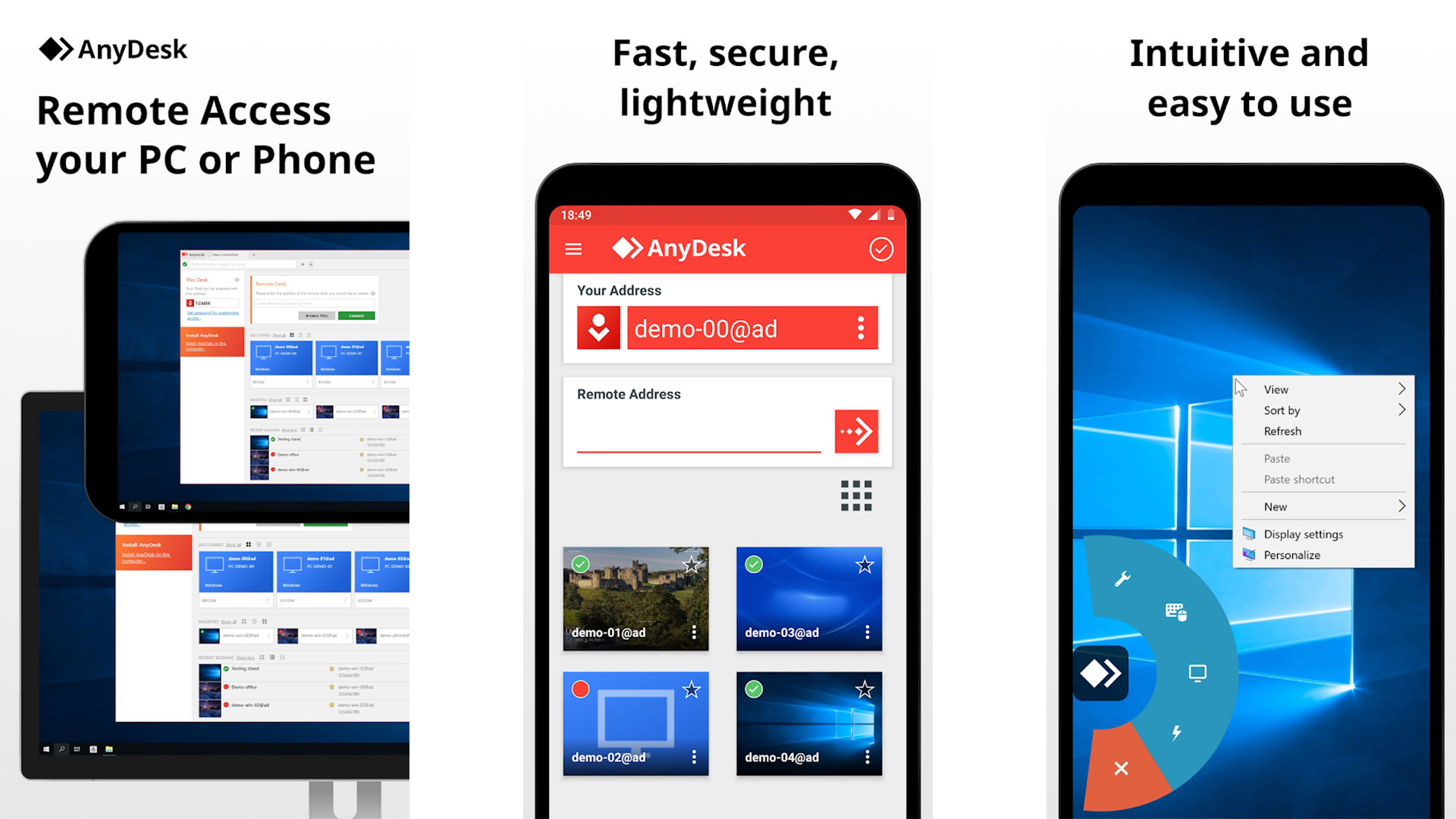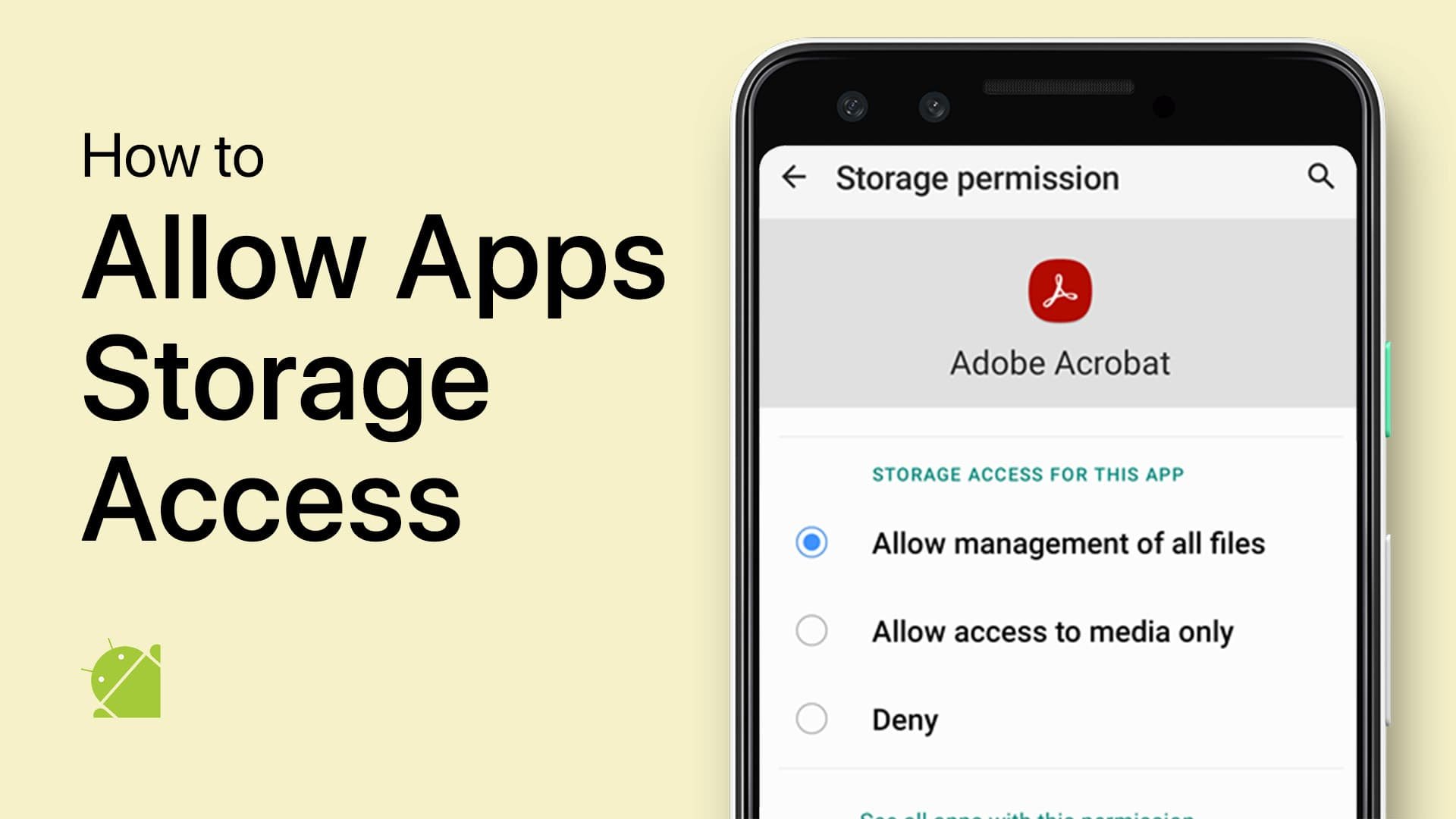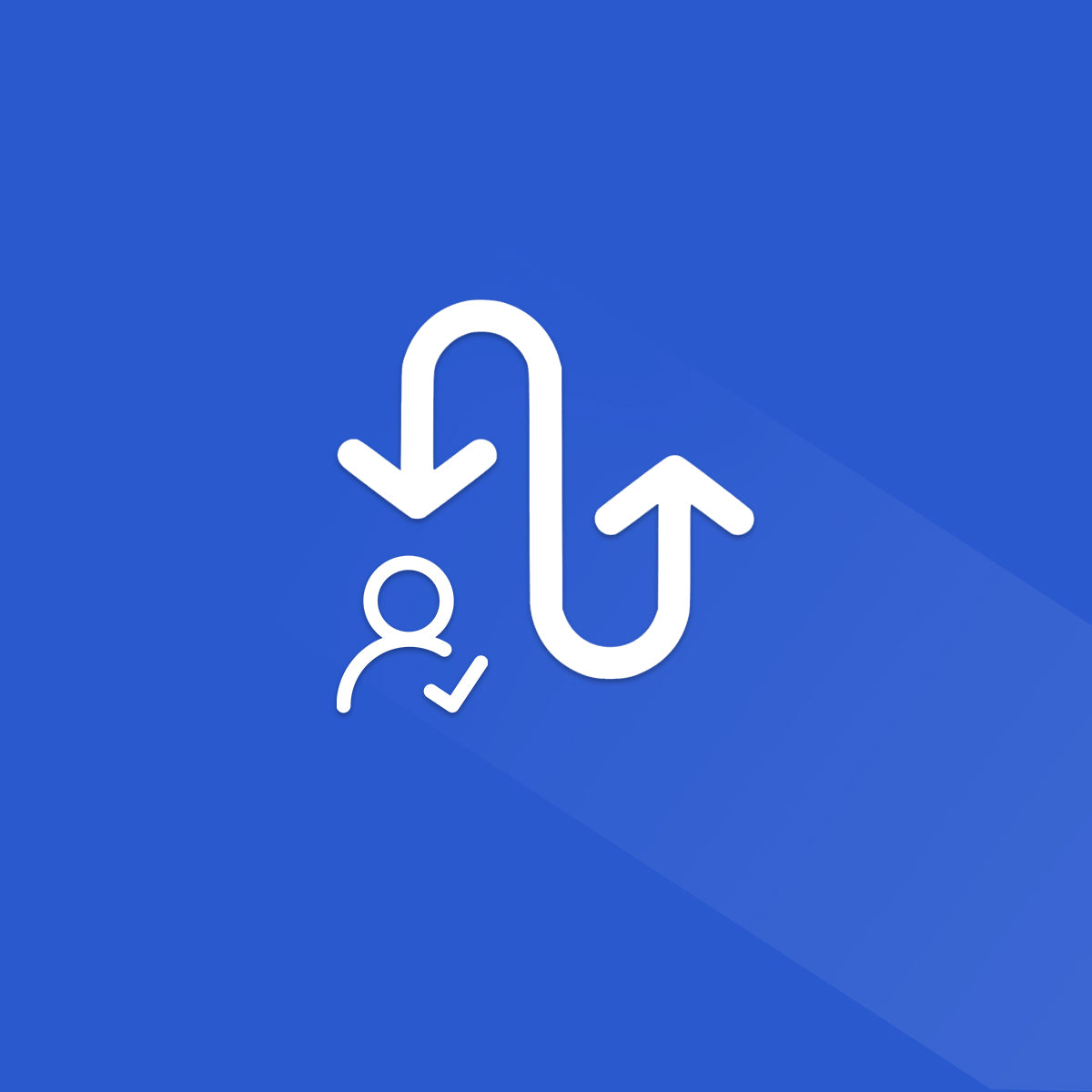Have you ever thought about how handy it would be to reach out and adjust something in your home or office, even when you are not there? Maybe you want to check on a plant's watering system, or perhaps turn on a light before you get back. It's a pretty cool idea, you know, having that kind of reach. This whole concept of connecting to things far away, often called Remote IoT, is becoming something more and more folks are looking into, especially with the phones we carry around every day.
For many, the thought of setting up these kinds of connections might seem a bit much, or maybe even costly. People often wonder if they need a bunch of expensive gear or subscriptions just to get started. But the truth is, getting to your connected gadgets from your Android phone doesn't have to break the bank, or even cost anything at all in some situations. There are actually quite a few ways to get a good start without spending money, which is pretty neat.
This guide is here to walk you through some general ideas about how you might be able to get a hold of your remote IoT setups using your Android device, all without a price tag. We'll chat about what this kind of connection means, why it could be a good fit for you, and how you might go about finding the right tools that are available for free. So, let's explore how you can start making your smart things even smarter, right from your pocket, you know, pretty much anywhere.
Table of Contents
- What is Remote IoT and Why Care?
- Getting your Android Ready for Remote IoT Access
- Finding Free Tools for Remote IoT on Android
- How Can You Access Remote IoT Devices?
- Is Free Access to Remote IoT Reliable?
- Tips for Secure Remote IoT Access from Android
- What are the Benefits of Remote IoT Access on Android?
- Future Possibilities for Remote IoT Access on Android
What is Remote IoT and Why Care?
Remote IoT, in simple terms, is about connecting to and managing things that are not right next to you, using the internet. Think about a temperature sensor in a distant shed, or a camera watching your pet while you're out. These devices send information or take instructions over the internet, letting you keep an eye on things or make changes from far away. It's like having a little helper everywhere, basically.
People care about this because it brings a lot of convenience and, sometimes, peace of mind. You can save time by not having to physically go somewhere to check on something. You might even save some money by being able to turn off lights or adjust heating from a distance. It's really about making your life a little smoother, you know, giving you a bit more control over your surroundings, even when you're not physically present. So, for many, it just makes sense.
Getting your Android Ready for Remote IoT Access
To get your Android phone ready to talk to these far-off gadgets, there are a few simple things to consider. First, your phone needs to be able to connect to the internet, either through Wi-Fi or your mobile data plan. That's pretty much a given for most phones these days, but it's the basic starting point. You'll also want to make sure your phone's operating system is up to date, as newer versions often have better ways of handling connections and keeping things safe. It's just a good practice, honestly.
Beyond that, the main preparation involves getting the right kind of app on your phone. These apps are like the control panels for your remote things. They allow your Android device to send commands or receive information from your IoT setup. You might also need to make sure your phone has enough storage space for these apps and any data they might collect. So, essentially, it's about having a working phone, a good internet link, and the right software to make the connection happen, and stuff.
Finding Free Tools for Remote IoT on Android
When it comes to finding tools that let you access remote IoT without paying, there are a few avenues to look into. Many IoT device makers offer their own free apps that go along with their products. These apps are usually pretty straightforward to use and are designed specifically for their brand of smart things. So, if you bought a smart plug from a certain company, they likely have a free app that works with it, you know.
Another option is to look for open-source platforms or community-driven projects. These are often developed by people who believe in sharing technology freely. While they might sometimes require a little more setting up, they offer a lot of flexibility and can be really powerful once you get them going. Platforms like Home Assistant, for instance, have Android apps that let you connect to a wide range of devices, and the core software is free to use. You might also find basic versions of paid apps that offer enough features for simple remote access, which is pretty useful for a start.
How Can You Access Remote IoT Devices?
Accessing your remote IoT devices from your Android phone generally happens in a few ways. Most commonly, you'll use a dedicated mobile application. This app acts as a bridge, letting your phone talk to your IoT gadgets over the internet. You open the app, and it shows you the status of your devices, or gives you buttons to press to make things happen. It's quite simple, really, like a remote control for your whole house, or wherever your devices are.
Sometimes, for more custom setups, you might use a web interface. This means you open your phone's internet browser and go to a specific website address that's linked to your IoT system. This is common with some DIY or open-source projects where the main control panel is web-based. Both methods rely on your devices being connected to the internet themselves, and having a way to communicate with your phone through an app or a web page. So, basically, it's all about making those connections happen over the air, you know, pretty much.
Is Free Access to Remote IoT Reliable?
The reliability of free access to remote IoT can vary, honestly. It often depends on the specific tools or platforms you choose. Many free apps provided by well-known device manufacturers are quite dependable. They are built to work seamlessly with their own products and usually get regular updates to fix any issues and keep things running smoothly. So, for those, you can usually count on them, in a way.
However, with some community-driven or open-source solutions, the reliability might depend on how active the community is, or how well you set things up yourself. These options can be incredibly powerful and stable, but they might require a bit more effort on your part to maintain. It's a bit like building your own car versus buying one off the lot; both can get you where you need to go, but one needs more personal attention. So, while free options can be very good, it's worth doing a little bit of homework to make sure they meet your needs for consistent operation, you know, at the end of the day.
Tips for Secure Remote IoT Access from Android
Keeping your remote IoT access safe when using your Android phone is pretty important. A good first step is to always use strong, unique passwords for all your IoT devices and the apps you use to control them. Think of a password like a key; you wouldn't want to use the same key for every door, would you? Also, if an app offers two-factor authentication, definitely turn that on. It adds an extra layer of security, making it much harder for someone to get in, even if they somehow get your password. It's like having a second lock on your door, you know, just in case.
Another tip is to keep your Android phone's software and all your IoT apps updated. Updates often include fixes for security weaknesses, so staying current helps keep you protected. Be careful about connecting to public Wi-Fi networks when accessing sensitive IoT controls, as these networks can sometimes be less secure. If you have to use public Wi-Fi, consider using a virtual private network, or VPN, for an added shield. And, honestly, only download apps from trusted sources, like the official Google Play Store, to avoid any bad software. These steps just make things a lot safer for your remote IoT access from your Android device, you know, pretty much.
What are the Benefits of Remote IoT Access on Android?
Having the ability to reach your remote IoT devices right from your Android phone brings a whole bunch of good things. One of the biggest advantages is the sheer convenience. Imagine being able to turn off the coffee maker you forgot about as you're heading out the door, or checking if the garage door is closed while you're miles away. It gives you a sense of control and peace of mind that's pretty valuable. So, you know, it just makes life a bit easier, honestly.
Then there's the aspect of efficiency. You can manage energy use by turning off lights or adjusting thermostats from anywhere, potentially saving you some money on your bills. For businesses, it could mean monitoring equipment in different locations without needing someone physically there all the time. It also allows for quicker responses to situations. If a sensor tells you something's wrong, you can react right away, no matter where you are. Essentially, it puts the management of your connected world right in your hand, giving you a lot of flexibility and making things run smoother, which is pretty cool.
Future Possibilities for Remote IoT Access on Android
Looking ahead, the ways we access remote IoT using our Android phones are likely to get even more interesting. We might see even more seamless connections, where devices from different makers talk to each other more easily, without needing a bunch of separate apps. This could mean a truly unified control experience for all your smart things, which would be pretty amazing, you know.
There's also the potential for more clever features, like your phone automatically adjusting things based on where you are, or what you're doing. Think about your house getting ready for you as you drive home, or your office turning off things when it knows you've left. As the technology behind these connections gets better, and as phones become even more capable, the possibilities for how we interact with our distant gadgets will just keep growing. It's a very exciting area, actually, with lots of new things on the horizon for how we use our Android phones to connect with the world around us, and stuff.
Related Resources:



Detail Author:
- Name : Mr. Nicolas Mertz
- Username : ortiz.edward
- Email : hodkiewicz.jaime@gmail.com
- Birthdate : 1984-11-24
- Address : 99381 Shields Overpass Suite 193 Cheyennemouth, ID 68659-4522
- Phone : +1 (857) 391-4067
- Company : Hauck Ltd
- Job : Shoe Machine Operators
- Bio : Dolorem ut laudantium dignissimos tempore. At aut eos ipsam quis maiores dolorem. Inventore dolores quo earum est veniam a. Aspernatur in doloribus repellendus dolorem ut mollitia.
Socials
facebook:
- url : https://facebook.com/littelc
- username : littelc
- bio : Sequi unde tenetur id consequuntur dolores esse.
- followers : 1635
- following : 2113
instagram:
- url : https://instagram.com/littel1974
- username : littel1974
- bio : Ut harum suscipit explicabo suscipit. Rerum ab eos sed et. Omnis autem et qui ipsam.
- followers : 1957
- following : 522
tiktok:
- url : https://tiktok.com/@corene_littel
- username : corene_littel
- bio : Ea exercitationem harum nemo laboriosam.
- followers : 3769
- following : 2708
linkedin:
- url : https://linkedin.com/in/corene_littel
- username : corene_littel
- bio : Rem quia nulla assumenda dolorem.
- followers : 5394
- following : 120